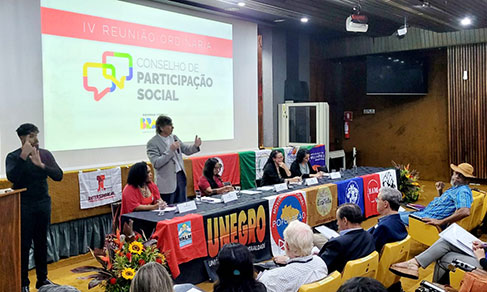Retratos Magazine
Our daily coffee mixes tradition and modernity
May 24, 2018 02h00 PM | Last Updated: June 05, 2018 11h03 AM
In one of the oldest restaurants downtown Rio, waiters - some of whom working there for more than 20 years and known by name - take away plates and cutlery after lunch. In an establishment like that, it possible to order, as the tradition says: "A cup of coffee and the bill, please". Right after that, you get heated cups, a pot of stainless steel filled with good old coffee and, on top of that, a pot of cream.
Courtesy is a true relic in modern times of espresso paid separately. "It's true, espresso coffee has taken up a lot of space in the Brazilian market," explains the researcher with postdoctoral degree in coffee neuroscience, Silvia Oigman. "But the tendency is that coarse coffee comes back with a new face, in monodoses (individually prepared)."
Besides being an object of study, coffee is also a hobby in Silvia's life. She became a barista (a specialist in preparing and serving coffees)." I try to understand everything that involves coffee, from the moment it is cultivated up to the moment it is consumed. This expertise helps me in my daily life as a scientist," she says.
Silvia's passion for coffee seems to be shared by Brazilians in general. In 2008, for example, each household in the country bought, on average, 2.6 kg of coffee per inhabitant. The information is part of the Consumer Expenditure Survey (POF), which is in the field to collect updated data on household consumption. The Coffee Observatory, coordinated by the Brazilian Agricultural Research Corporation (Embrapa), shows that the domestic consumption of coffee in Brazil in 2017 was 21.5 million 60-kg sacks. With this volume, the country reached second position in the ranking of world consumption of the beverage, losing only to the United States, which consumes 25.8 million sacks of coffee per year.
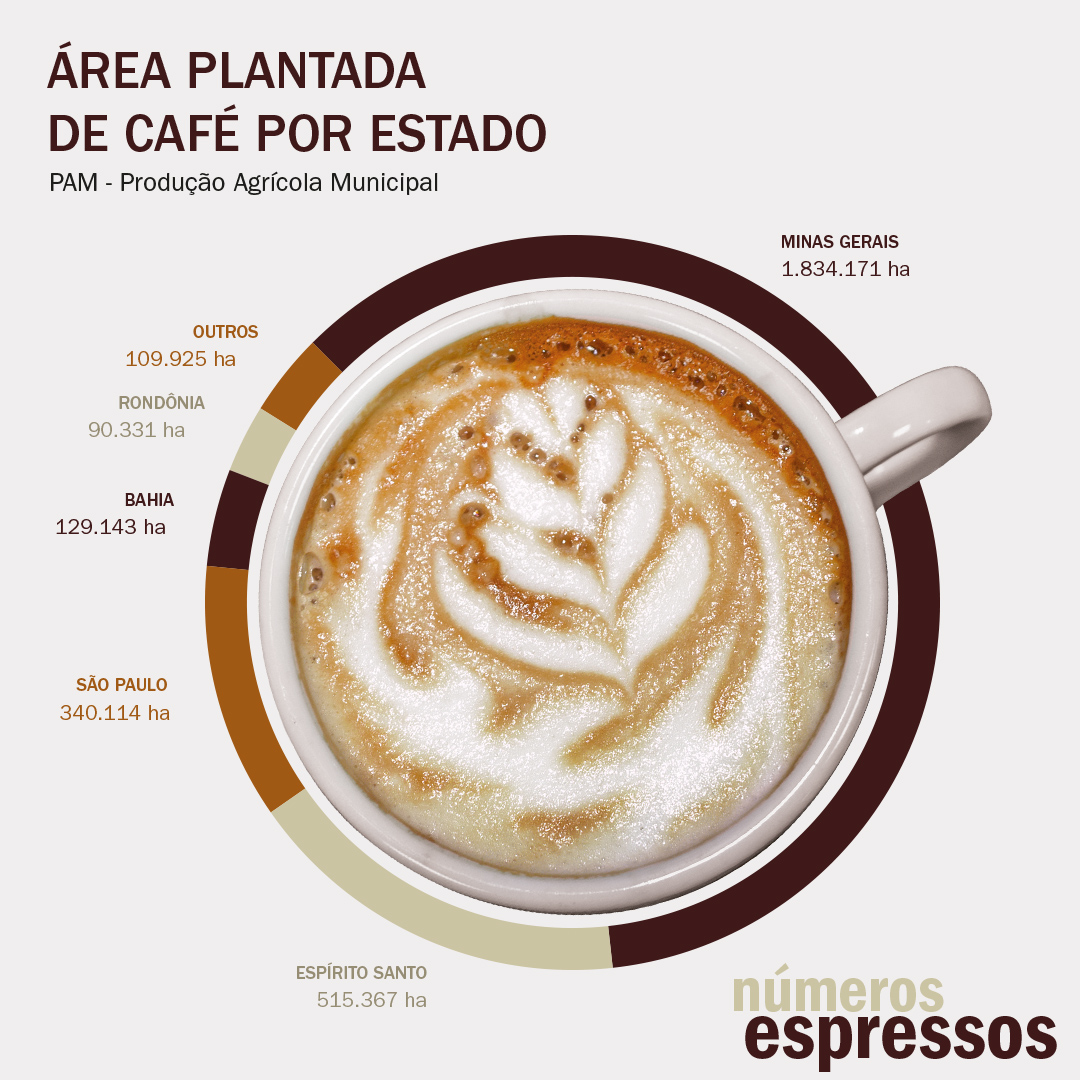
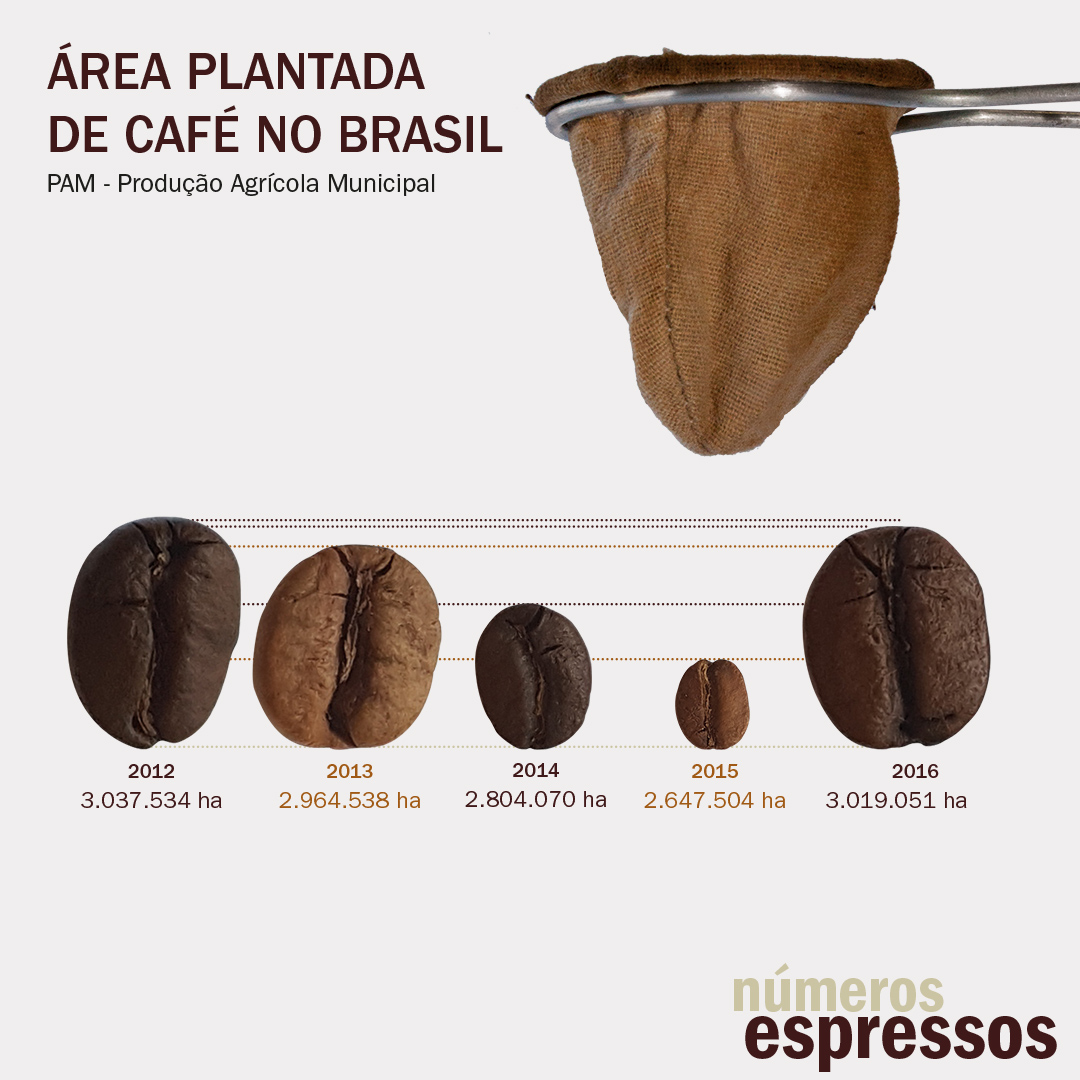
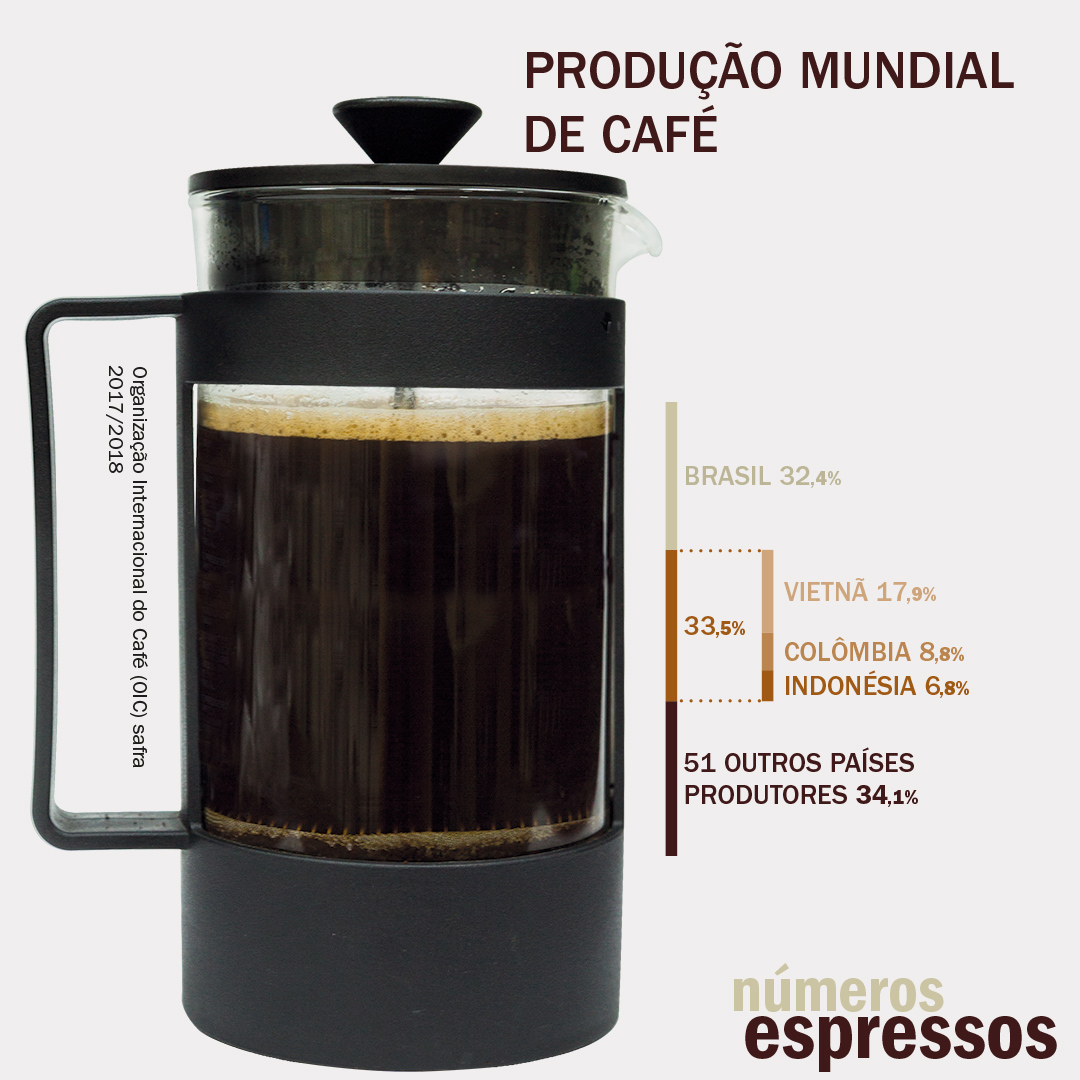
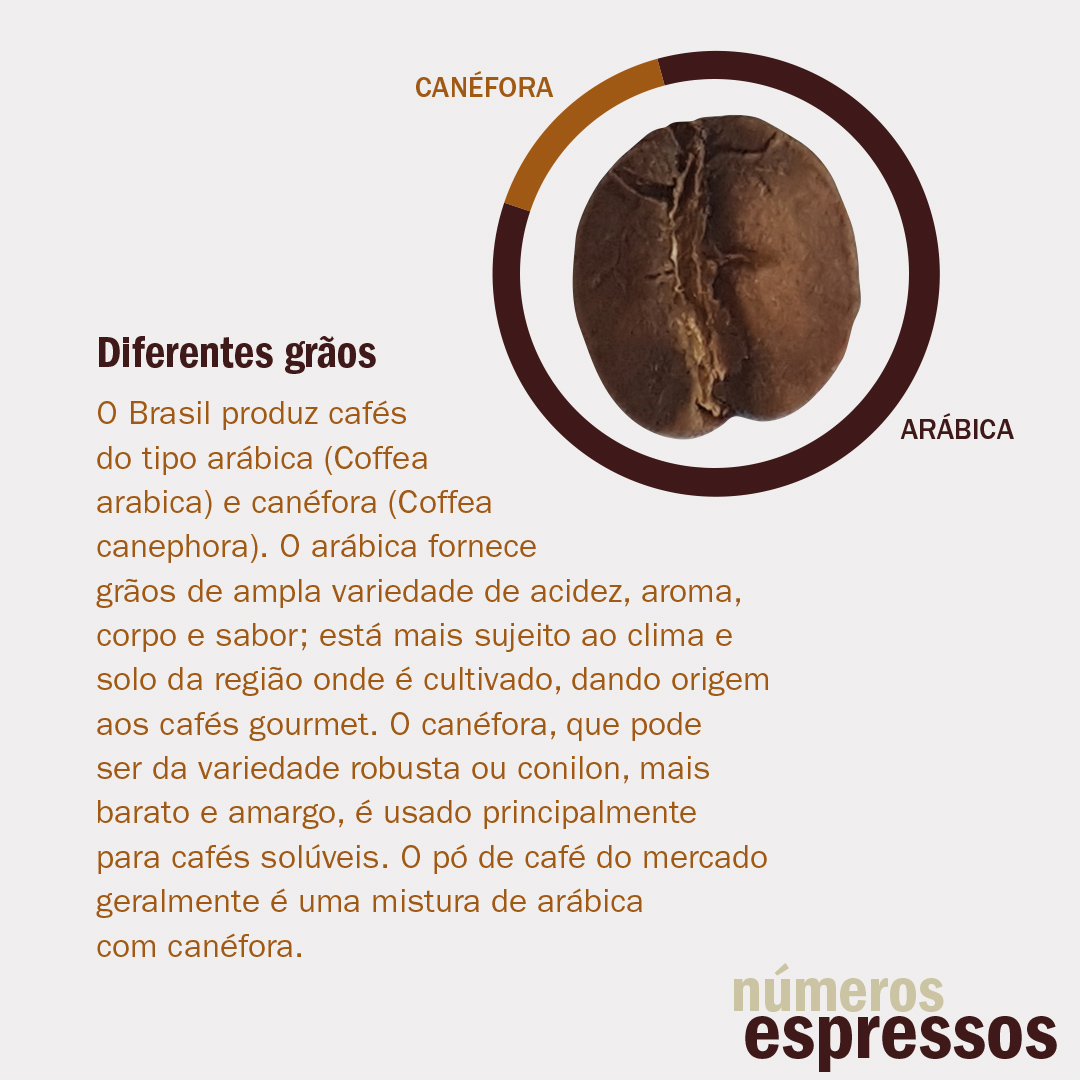

Smell of happiness
Perhaps no other product is capable of telling the economic and social history of Brazil as well as coffee. Coffee growing is behind the strengthening of the Brazilian aristocracy, the sufferings of slavery, the growth of foreign trade and the country's industrialization itself.
Confirming the strength of coffee in agriculture, the Systematic Survey of Agricultural Production (LSPA) estimated, in February, a 14.6% increase in production for 2018, reaching 3.2 million metric tons or 53 million 60-kg sacks.
The increase is atributed to a feature of Arabica (a species grown at altitudes higher than 700 meters) called biennuality, by which the plant reaches the best productivity only every two years. "This characteristic is typical of the coffee planted mainly in Minas Gerais. This year, the biennuality of coffee is positive," explains Carlos Antonio Barradas, analyst in the IBGE agricultural coordination.
With the national production of grain guaranteed, the pleasure of tasting good old coffee keeps being a healthy habit in the life of Brazilians. Neuroscience studies show that coffee aroma activates the reward system in the brain. "It activates regions of pleasure in the brain, in the same way that love, drugs and enjoyable songs do. The shere smell of coffee is enough to bring us many benefits," explains Silvia.





